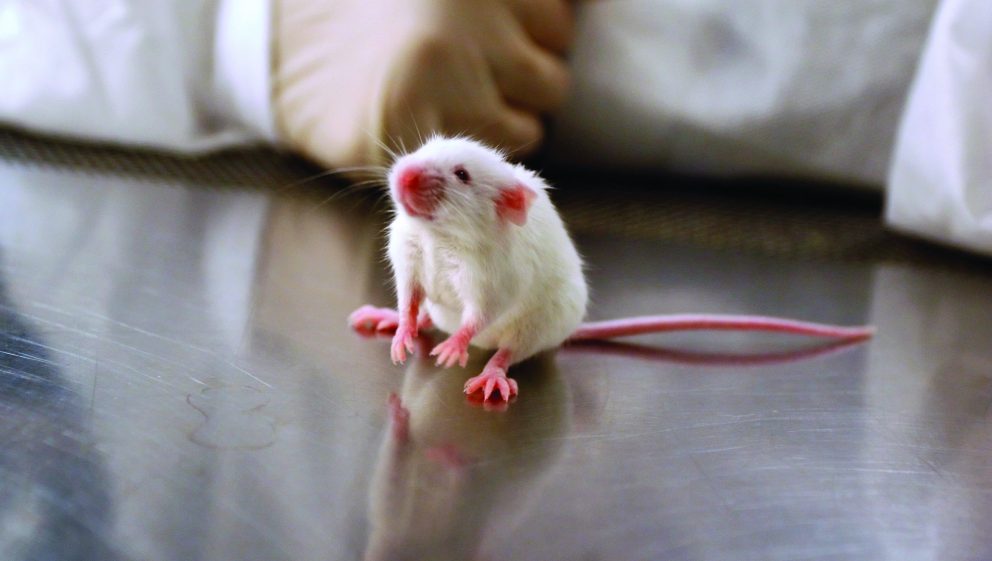When researchers apply for permission to carry out animal experiments, they must produce a ‘non-technical summary’ of what they will be doing. These summaries are published after the experiments are authorised, often a year or more afterwards, when the experiment is underway.
The information they provide is sparse, but still allows us to glimpse the horrors of life for animals in laboratories:
One summary, published in December 2017, for a five-year licence, with permission granted in 2016, describes experiments involving ‘no more than 700 juvenile mice, 1300 adult mice, 400 guinea pigs, and 250 adult gerbils’. This horrifying ‘shopping list’ of intelligent animals, capable of feeling fear, pain and distress, were to undergo experiments, to try to understand how sound is processed and perceived. Up to half of these animals (the researchers are not clear exactly how many) would suffer ‘post-operative discomfort’ and ‘hunger from food restriction’. At the end of the experiments, all the animals are to be killed.
Explaining their choice of mice as the main species to be used, the researchers state that mice are ‘arguably one of the least sentient species with a mammalian auditory brain. We will sometimes use guinea pigs or gerbils when the experiments require a species with a larger brain or lower frequency hearing’. This callous view of animals as research tools is unforgivable.
Find out why mice may be small, but still matter


